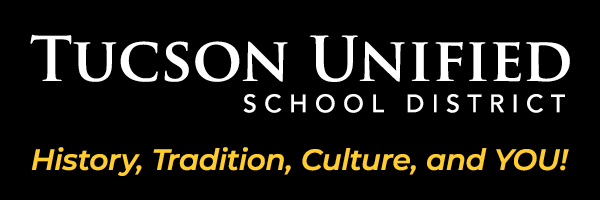7th Grade Accelerated Math Course
How can we use mathematical reasoning, modeling, and proof to explore and connect advanced concepts in numbers, shapes, and data?
We begin by mastering the properties of operations with rational numbers, ensuring we have a solid base for all future constructions. Then, we explore the structure of large positive numbers, using repeated factors of 10 to reveal the necessity for the properties and definitions of exponents – these are the structural supports that allow us to work with vast quantities. We then refine our techniques by applying these exponent properties to efficiently perform calculations with numbers in scientific notation, creating streamlined processes for our mathematical designs. We also begin to intuitively grasp the concepts of square roots and cube roots, exploring the Pythagorean theorem as a blueprint for understanding relationships between side lengths in right triangles. This exploration leads us to the creation of square root notation, the ability to approximate roots, and the definition of irrational numbers. We are building a robust and interconnected mathematical foundation.
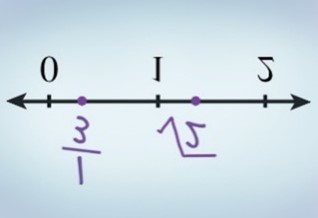
Next, we draft and construct with equations, inequalities, and proportions, expanding our architectural toolkit. We begin by exploring unknown angle measurements, using them as blueprints for creating equations. We utilize "if-then" moves as construction tools to solve equations. We extend our "if-then" moves to solve inequalities. We discover the variety of solutions possible for linear equations in one variable, from single solutions to infinite or no solutions, and formalize our "if-then" moves as the properties of equality, ensuring the structural integrity of our work. We then connect multiplicative relationships and ratio reasoning to understand proportional relationships, identifying them in various representations like tables, graphs, equations, and descriptions, creating a cohesive framework for our models. We compare proportional relationships, using constant rates as indicators, and extend this understanding to percents, recognizing them as rates per 100. We apply equations in the forms ab=cd ab=cd and y = kx to solve percent problems in real-world contexts, demonstrating how our mathematical designs can solve practical issues. We are now designing with increasing complexity and precision.
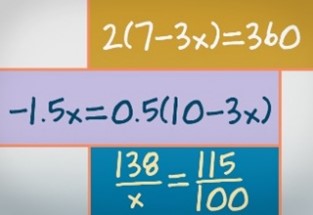
Now, we design and construct geometric figures, exploring the conditions for unique and congruent triangles. We discover the proportional relationship between a circle's circumference and diameter, building formulas for both. We then investigate rigid motions (translations, reflections, rotations), defining congruence through these transformations. Applying these concepts, we prove angle relationships formed by parallel lines and transversals and derive triangle angle properties. We use scale drawings to solve problems and analyze dilations, defining similarity through rigid motions and dilations. We develop the angle-angle criterion for similarity and apply it to solve problems involving similar triangles, constructing a robust understanding of geometric transformations and relationships.
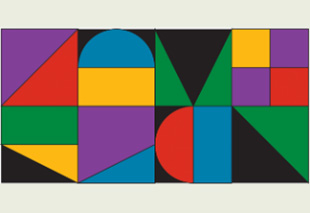
In this module, we design and analyze linear systems, building upon our understanding of linear equations. We discover that solutions to two-variable linear equations form lines on a coordinate plane. Using proportional relationships and similar triangles, we construct the concept of slope and derive the slope-intercept and point-slope forms of linear equations. We then design and analyze systems of linear equations, graphing and estimating intersection points, and verifying solutions. We determine the number of solutions a system can have and, to overcome limitations with fractional solutions, we employ the substitution method, transforming two-variable systems into one-variable equations. Equipped with these diverse solution methods, we tackle real-world, numerical, and geometric problems, designing and solving complex systems of equations.

Next, we design and analyze functional relationships and volumetric structures. We learn that functions provide a unique input-output relationship, using equations to represent linear functions and connecting rate of change and initial value to real-world contexts. We then shift our focus to three-dimensional structures, designing strategies to calculate surface area. We explore cross-sections, using them to design efficient methods for composing and decomposing solids to calculate volume. We derive volume formulas for pyramids, cylinders, cones, and spheres, and then use linear functions to solve real-world problems involving volume, demonstrating how our functional designs translate to practical volumetric applications.
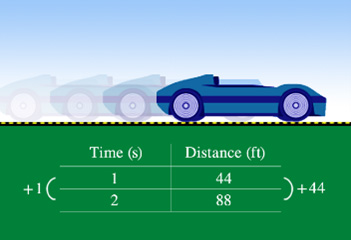
Finally, we design and analyze data and probabilistic structures. We construct empirical and theoretical probabilities, observing how increased trials refine our estimates. We design methods to estimate population proportions using random sample data and compare populations with similar variability, building robust statistical models. We use scatter plots to design visual representations of bivariate numerical data, fitting lines to identify linear trends and create predictive equations. We examine bivariate categorical data using two-way tables, calculating relative frequencies to design and assess associations between variables, constructing a comprehensive understanding of data and probability.

We are here to equip, inspire and enrich the strengths of all learners with relevant educational experiences for lifelong learning.
Every day we strive to provide a world-class education that is equitable, empowering and inspiring for all.
Learn more about our programs & resources.
C&I Department
520-225-6282
1010 E. Tenth St., Tucson, AZ 85719 Map (google.com)
